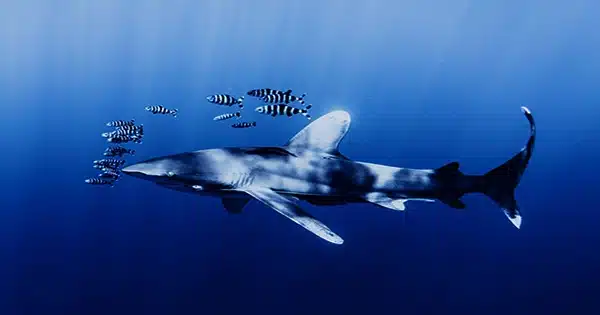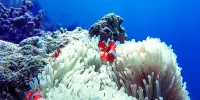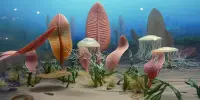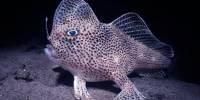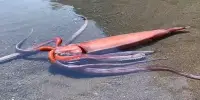You might be lucky enough to come to encounter a totally new species of shark in the deep waters off the northeastern Australian coast. The painted horn shark (Heterodontus marshallae) is a recently identified species of Heterodontiformes known for its remarkable human-like molars.
Heterodontiformes is a single-genus order with nine distinct species. However, genetic research of one of the species, presumed to be Heterodontus zebra, revealed that it was genetically distinct, bringing the species in this order to ten. This species may have gone unreported for so long due to similarities in the patterns and markings on the shark’s skin, which differ slightly between species. The new species lacks the dark band behind the gill slits that the Heterodontus zebra possesses.
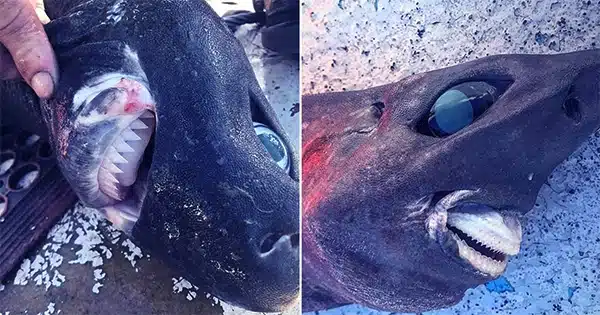
“Both species are light brown with 22 dark brown bands and saddles. They differ only in the patterns on their snouts and below their gill slits. “Their egg cases are also distinct,” said Dr. Will White, a research expert at the Australian National Fish Collection (ANFC).
The new species was initially described by comparing museum specimens. By happenstance, a research vessel studying seafloor habitats with the ANFC in Western Australia discovered a living specimen of the new species, which served as the scientific name’s reference.
“We have a female specimen, but the one we collected during the voyage is a male.” “We prefer to use males for shark holotypes because they have claspers, which are external reproductive organs that vary between species and help us tell them apart,” explained Helen O’Neill, an ANFC fish biologist.
The painted horn sharks live at depths ranging from 125 to 229 meters (410 to 751 feet), and while their teeth are arranged in rows at the front of their mouths, they have a more human-like morphology of molars behind the rows. This modification enables sharks to crush crustaceans and mollusks.
“They prefer to sit on the sea floor and feed primarily on mollusks and crustaceans.” “They have a small mouth but crushing jaws that are enormous in comparison to their skull size and powerful enough to crush cowrie shells,” Helen explained.
